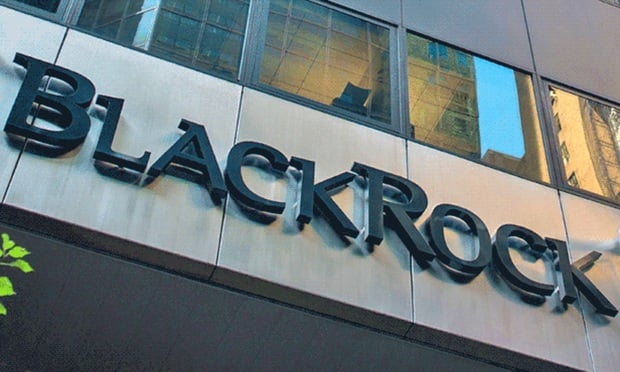Even though employers and employees alike are doing better four years after the Recession began, both groups say they are less optimistic about how they will be doing financially a year from now.
 According to "Sharpening the Focus on Benefits Strategy," the first in a series of research briefs stemming from Prudential's "The Seventh Annual Study of Employee Benefits: Today & Beyond," 14 percent of employers and employees cite severe negative economic effects, down from 27 percent for employers and 22 percent for employees in 2010. Employers who say their financial position will be better or improving in one year dropped from 70 percent in 2010 to 54 percent this year; employees report a drop from 44 percent to 38 percent.
According to "Sharpening the Focus on Benefits Strategy," the first in a series of research briefs stemming from Prudential's "The Seventh Annual Study of Employee Benefits: Today & Beyond," 14 percent of employers and employees cite severe negative economic effects, down from 27 percent for employers and 22 percent for employees in 2010. Employers who say their financial position will be better or improving in one year dropped from 70 percent in 2010 to 54 percent this year; employees report a drop from 44 percent to 38 percent.
"Our research data shows that despite the indicators of economic recovery, it is taking longer for American employers and employees to regain full confidence in the future," said Steve Pelletier, president of Prudential Group Insurance. "The good news, however, is that this view of the future doesn't negatively impact benefits decisions. In fact, benefit strategies have been evolving into a main focus for businesses of all sizes."
Recommended For You
Employers report a 17 percent increase over 2010 results in making benefits strategies a main focus. With shifting ownership and cost of benefits to employees, employers' top strategies are:
- Expanding wellness, preventive, and work/life balance initiatives
- Improving the effectiveness of benefits communications
- Cost-sharing with employees
- Giving more financial responsibility to employees
- Increasing employee benefits education and financial advice
From their viewpoint, 79 percent of employees see their employers as a trustworthy source to help them grow and protect their money, second only to credit unions (81 percent). And, the perceived value of employee benefits has been trending upward, from 43 percent in 2010 to 59 percent today. Fifty-one percent of employees believe they are being offered a wide array of benefits, up from 38 percent two years ago.
"We are seeing two positive trends pointing to the successful evolution of employee benefit strategies," Pelletier continued. "Employers are well-positioned to shift ownership of benefits to employees. At the same time, employees are taking on more responsibility for the benefits selection process and are expressing greater confidence in the benefits they are selecting."
Communication is the key to employee satisfaction and building employees' trust and confidence in their employers. Employees have seen a steady trend in the effectiveness of their benefit communications, from 36 percent in 2011 to 42 percent today. At the same time, employers report increased satisfaction with their benefits, at 37 percent today, up from 27 percent a year ago.
"For the first time, we are seeing disagreement in the perception of benefits communication effectiveness between employers and employees," said Jean Wiskowski, chief marketing officer, Prudential Group Insurance. "The research shows employers believe group meetings at work are the most successful form of communication and education. By contrast, employees told us they prefer multiple forms of outreach, including email, traditional mail and online presentations. This indicates that employers may need to re-evaluate their benefits communication tools, to include video and rich media employees can review at their own pace."
Employees report they are reading their benefit enrollment material in large numbers, 82 percent this year, up seven points from last year. Most agree they prefer benefits communications they can read on their own time.
Prudential Group Insurance manufactures and distributes a full range of group life, long-term and short-term disability, and corporate and trust-owned life insurance in the U.S. to institutional clients primarily for use in connection with employee and membership benefits plans.
© Touchpoint Markets, All Rights Reserved. Request academic re-use from www.copyright.com. All other uses, submit a request to [email protected]. For more inforrmation visit Asset & Logo Licensing.






